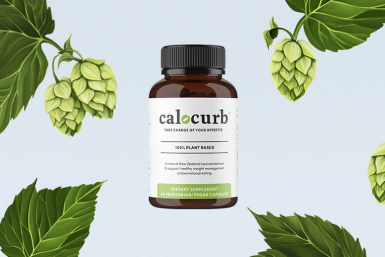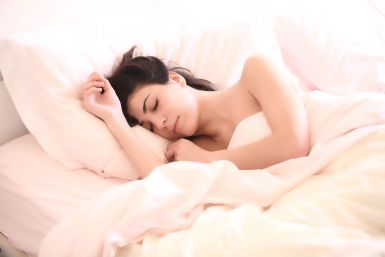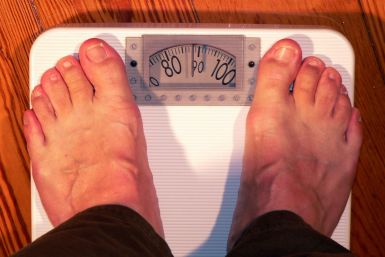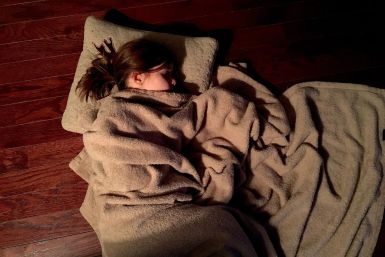Here is a list of the best-selling washer and dryer combination that will make your laundry chores a breeze.
Establishing a smooth and effective workout regimen with your portable treadmill enables you to cultivate a healthier and more active lifestyle within the comfort of your own space.
For individuals struggling with trauma-related addictions or eating disorders, the holiday season presents unique challenges.
We bring you 12 natural remedies that you should know about, if you don't already, which could help fight common ailments in 2024. These have been tried and tested for centuries by people across the world.
Suzanne York, the founder of Humans Optimized, combines corporate expertise with personal experiences to seek innovative health approaches that empower individuals and families to promote health from within.
Many think that cooking healthy dishes requires expert-level culinary skills. However, this isn't so. Take a look at the best healthy recipes for beginners that you can try out in 2024.
The global brain health supplements market was valued at USD8.63 billion in 2022 and is expected to grow at a compound annual growth rate
Calocurb, the groundbreaking natural weight management supplement
Over a third of Americans reported opting for "sleep divorce" to accommodate their bed partner.
Certified Nutraceuticals is revolutionizing the collagen industry with the development of a new health supplement that is created using jellyfish collagen.
In a recent study, researchers found that heart attack patients with strong legs had lower risks of developing heart failure.
Checking the clock every time would only lead to frustration, which then leads to the use of sleep aids.
Countries may adopt policies to help reduce their citizens' consumption.
Intake of sugar-sweetened and other drinks may affect mortality and cardiovascular disease risks.
"Extensive evidence indicates contact with nature is associated with good social, mental, and physical health," researchers wrote in a study.
Traditional BMI has been seen by some as a limited measure of health.
We review the best weight loss pills, including PhenQ and Leanbean, to see their benefits, ingredients, side effects, and the results you can expect.
It is something that coaches could keep in mind when training athletes, researchers said.
"There was a tendency for women with a lower score to have a higher multimorbidity prevalence," researchers say.
Researchers observed longer REM sleep in the winter than in the summer.
A late-morning exercise may be more effective than a late-evening session.
The association was there 'regardless of the quality of the relationship.'
'(W)e demonstrate that a brief walk outside results in a greater increase in cognitive function than a short walk inside,': Researchers
The researchers looked at three neurodevelopmental outcomes: communication, daily living skills and socialization.
"We found for the first time to our knowledge, an association between additives-originated nitrites...with T2D risk," the researchers noted.
Winter may carry some barriers to staying fit, but there are simple and even fun ways to stay active during the season.
A five-minute stroll every 30 minutes was found to be the optimal amount to curb the impacts of prolonged sitting.
High-intensity cycling was the most efficient way to increase potentially neuroprotective BDNF proteins.
Milk, considered one of the most popular and essential beverages, has a long and storied history, which is honored on Jan. 11 each year.
'School-based gardening programs improve dietary intake, academic performance, and reduce metabolic diseases': Researchers


















































